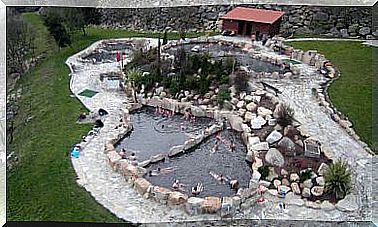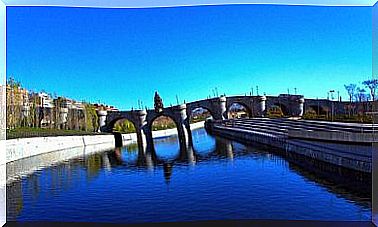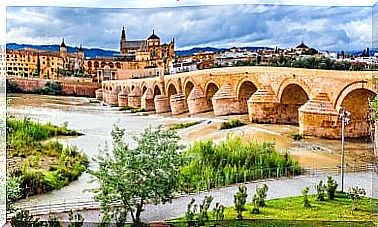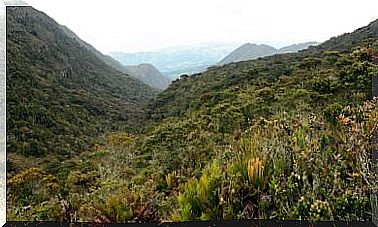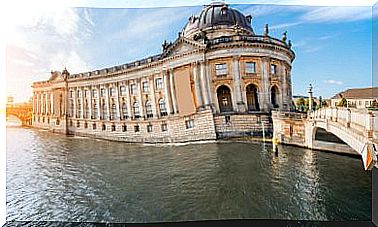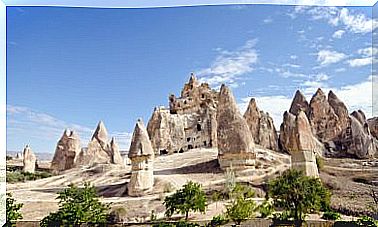The Silk Road, An Exciting Journey
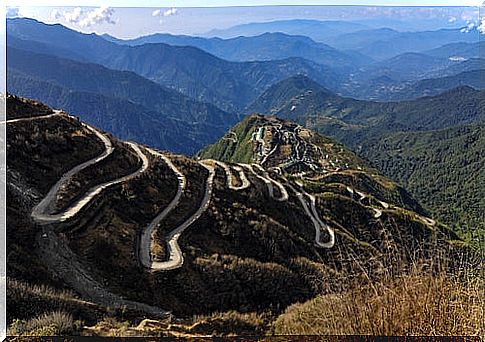
The so-called Silk Road was a commercial itinerary that linked Europe with Asia in the Ancient Age. The legendary road crosses Uzbekistan and Kyrgyzstan, ending in exotic China. We are going to travel this fantastic path. Join us!
Its mere mention transports us to the desert, to the mythical caravans loaded with textiles, spices and noble-sized chests full of oils and cosmetic products. Camel caravans through the hissing dunes that hide oases of crystalline lakes under an eternally starry sky.
Two great former Soviet republics on the Silk Road
Uzbekistan
We started our journey in the capital of this country, Tashkent, as it has the highest structure in Central Asia. It is a 97-meter communication tower. Likewise, the metropolis also houses one of the oldest copies of the Koran.
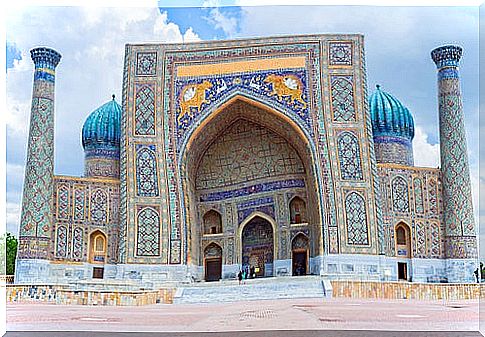
We continue the journey making a stop in Samarkand, which is home to the beautiful Registan Square. In it three important Arab madrasas rise, which takes us back to a cinematographic set where the sand and the sun are the protagonists.
Something similar will happen to us when we tour the wonderful Nurata, where we must visit the popular Chashma complex that, according to popular legends, is surrounded by a spring of healing water.
For its part, the Namazgokh Mosque is, in turn, very interesting. It has a unique twenty-five domed ceiling that will take our breath away.

On the outskirts, among the sands, we can find the jewel of the desert, the Aydarkul lake and rest in a field of authentic yurts. In this way we will feel like true nomads in symbiosis with the unusual nature of the place.
Other mandatory stops on the way are the towns of Khiva and Bukhara. Getting lost in the Dekhon bazaar listening to the shouting of merchants, caressing bundles and delicately woven garments, as well as enjoying the old town of the medina with its domes and mosaics, will make us become the mischievous Scheherazade of the Arabian Nights during some hours.
Kyrgyzstan
Very close to the border between Kyrgyzstan and China is located Tash Rabat, a hidden corner in time, a witness of the passage of ancient caravans that was built in stone and that is still preserved protected by the mountains at more than 3,500 meters high.
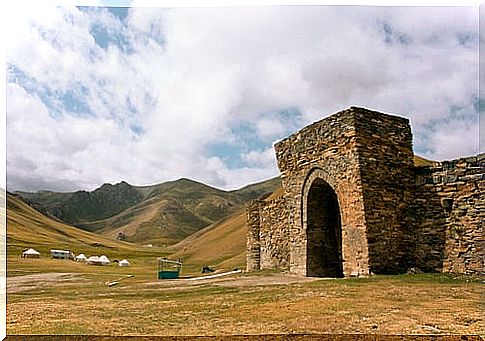
With more than ten centuries behind it, it is undoubtedly a prodigious Asian monument. It could be said that it is a marvel of architecture as it has been preserved intact century after century.
It served as a refuge for merchants on the original Silk Road and still retains that aura of secrecy and mystery with which we peer into the East. Today, it is at the entire disposal of tourists, yes, it is half-buried among the yurts.
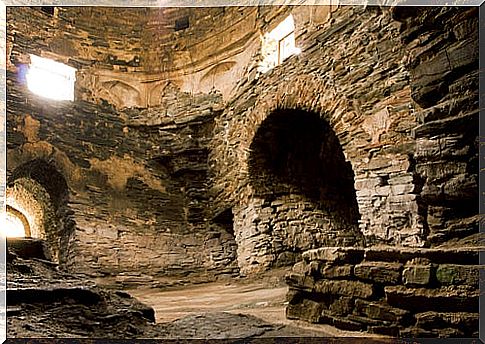
Inside, its cold stone walls give us the echoes of a still resonant past. This fact will make us feel accomplices of a remotely distant time, the same one that we try to relive at each step of our itinerary. If we close our eyes we can almost hear the noise of camels, the conversations between merchants of ivory and precious stones, narrating the fascinating adventures lived by the light of the bonfire.
Last stop: China, an ancient empire
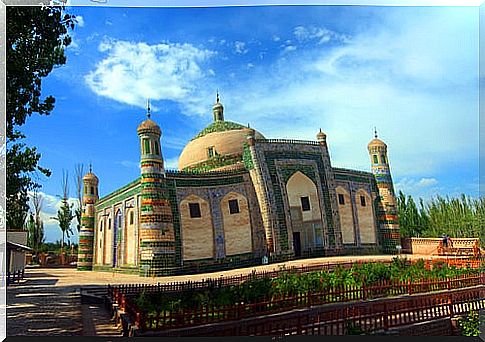
Entering China but still close to the border with Kyrgyzstan, we will find the city of Kashgar, an urban nucleus that houses the largest of the western markets of this ancient empire. In it we can find everything, even a small souvenir to remember our trip.
Not far from there is the Issyk Kul swamp, the second largest mountain lake after Titicaca, a true inland sea.
If we can also deviate slightly from the itinerary, it is worth seeing the Buddhist monastery of Labrang, in the city of Xiahe, a pilgrimage area where the crunch of our steps is thunderous in counterpoint to the prevailing silence.
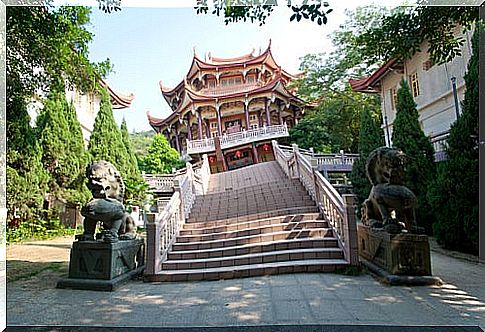
The next destination is the metropolis of Xian, home to the famous Terracotta warriors and exquisite tapestry of tons of temples, a corner of serenity that will leave us with a taste of saffron and musk.
This taste of different cultures makes this site a must-see before heading to Kashmir. In this way we will get to know the so-called “Little Tibet”, which will provide us with the strength of spirit necessary to return to the routine after this journey through history in Asian territory.
The Silk Road at your whim
The Silk Road encompasses a multitude of possibilities and, as it is spread over such a wide terrain and over so many kilometers, we may not be able to visit each and every one of the regions that comprise it.
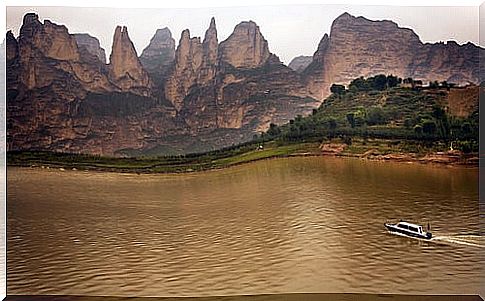
In any case, we choose the regions we choose, we will have passed through many of the stops that were part of the itinerary followed by the famous Marco Polo on so many occasions. Towns such as Lanzhou or Xining, both belonging to China, also deserve to be included in any tour.
If we have enough time, we should not miss the opportunity to visit such unusual and colorful places as Mathura, Benares or Nepal. These can offer the curious traveler delicious experiences worthy of oriental tales.

